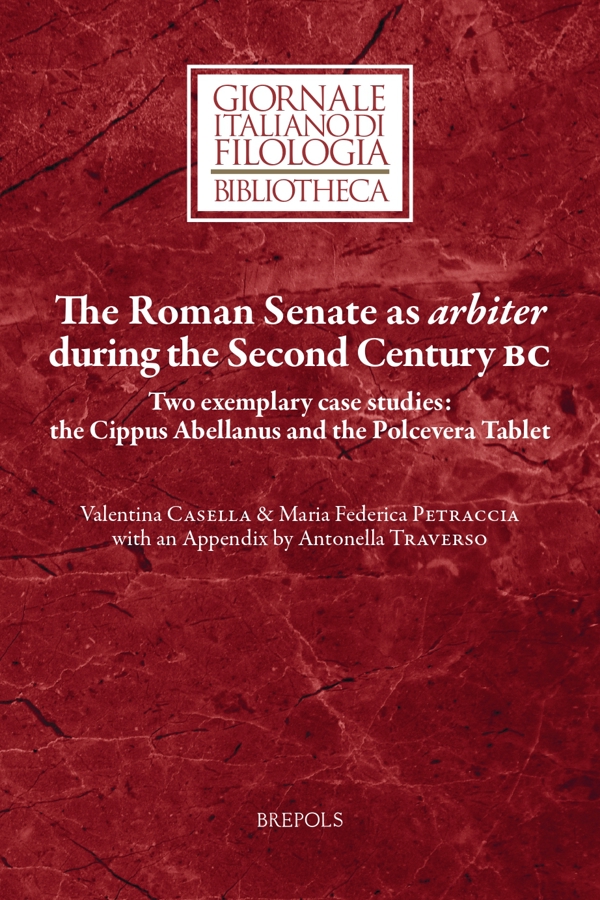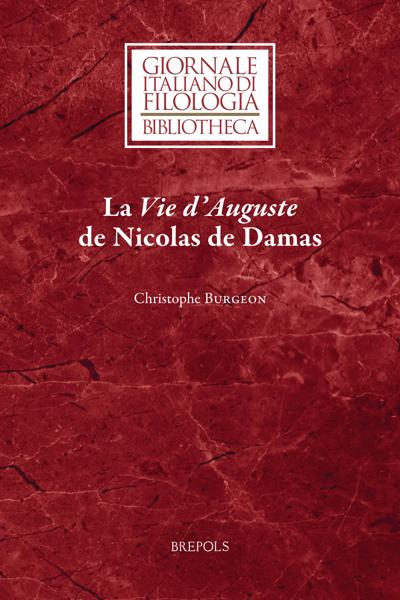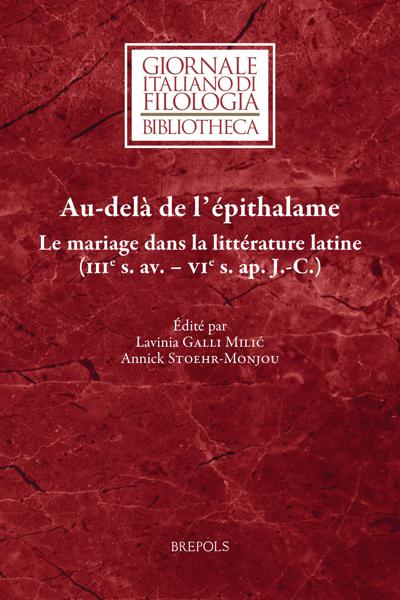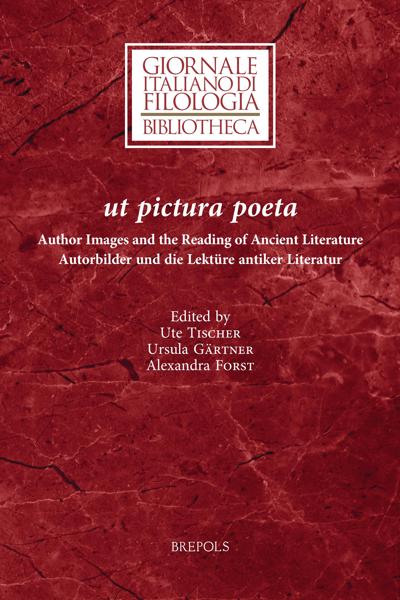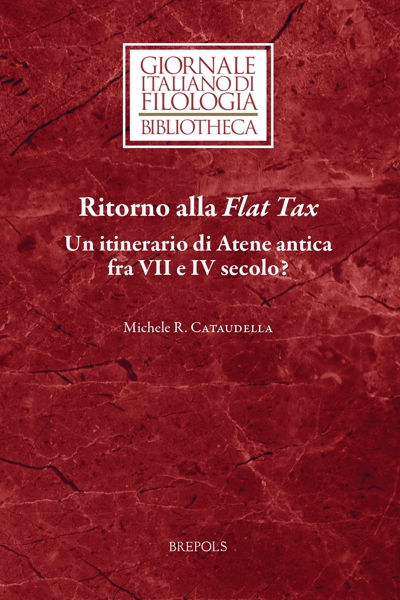
The Roman Senate as arbiter during the Second Century BC
Two Exemplary Case Studies: the Cippus Abellanus and the Polcevera Tablet
Valentina Casella, Maria Federica Petraccia
- Pages: 256 p.
- Size:156 x 234 mm
- Illustrations:11 b/w, 1 tables b/w., 9 maps b/w
- Language(s):English, Latin, Italian
- Publication Year:2019
- € 75,00 EXCL. VAT RETAIL PRICE
- ISBN: 978-2-503-58688-5
- Paperback
- Available
- € 75,00 EXCL. VAT RETAIL PRICE
- ISBN: 978-2-503-58689-2
- E-book
- Available
An in-depth sociocultural analysis of Roman senatorial arbitration as a political mediation tool in the second century BC
“Die Lektüre des Bandes ist also trotz phasenweiser Wiederholungen in den einzelnen Kapiteln lohnend und sei daher empfohlen.” (Sven Günther, in H-Soz-Kult, 31/08/2020)
Valentina Casella is Subject Expert and Teaching Assistant (Cultrice della Materia) in the field of Roman History at the University of Genova.
Maria Federica Petraccia is Professor of Ancient History at the same university.
In the wider context of the border conflicts that involve Rome as a third authority super partes, for which there is evidence already in the second century BC, two epigraphic documents stand out for the peculiarities distinguishing them from all others: the so-called Polcevera Tablet (concerning a dispute between Genuates and Viturii Langenses) and the Cippus Abellanus (related to a border dispute between Nolani and Abellani and written in Oscan). They make us aware of the political and municipal dynamics underlying the complex principle of Roman arbitration, often required to resolve territorial disputes, which were gradually evolving as Rome opened up to the East. What role did the Roman Senate play in such disputes? What exactly was the function of the referees sent by the City to settle the disputes with a super partes judgment? What was the importance of the agrarian reform of the Gracchi and the realisation of road axes in the acuity of such antagonisms? These are the questions to which this study tries to provide an answer.
Illustrations
Preface
Introduction (Maria Federica Petraccia)
1. The Concept of 'International' Arbitration in the Roman World (Valentina Casella)
2. Urban Areas and Territorial Disputes across the Italic Peninsula (Valentina Casella)
3. The Impact of the Roman Road System on Border Disputes: Cisalpine Gaul (Valentina Casella)
4. The Role of the Roman Senate and its Function as arbiter within Border Disputes in the Italic Territory (Maria Federica Petraccia)
5. The Cippus Abellanus and the Dispute between Two Campanian Communities (Maria Federica Petraccia)
6. The Polcevera Tablet (Maria Federica Petraccia)
Appendix: The Ligurian Stretch of the Via Postumia. Reflections and Suggestions Arising from the Archaeological Evidence (Antonella Traverso)
Conclusions (Valentina Casella)
Bibliography
Index of Classical Sources
Geographical and Prosopographic Index

